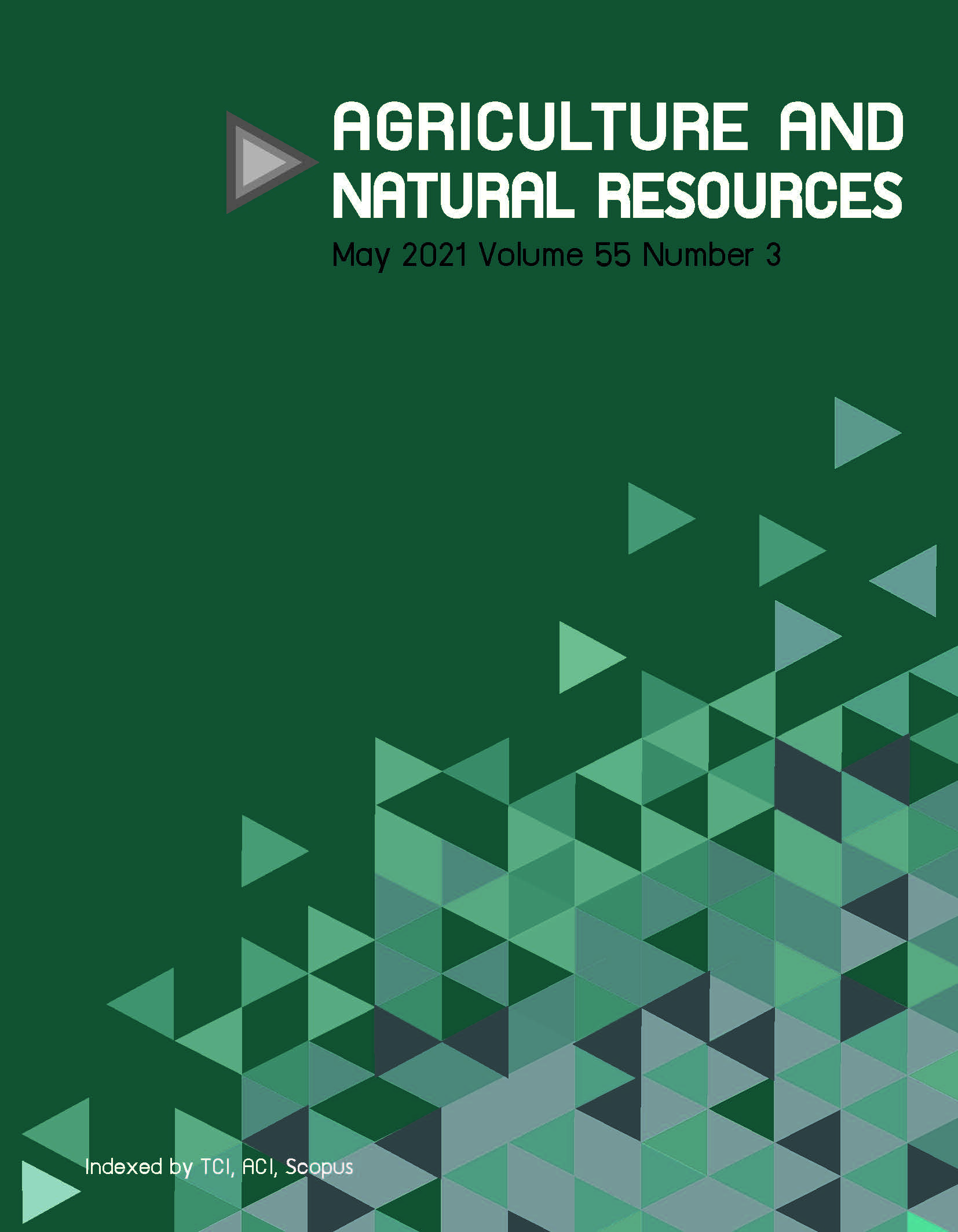In vitro anti-oxidant, anti-microbial and anti-HIV-1 reverse transcriptase activities and isolation of bergenin from Shorea obtusa Wall. ex Blume
Keywords:
Anti-radical, Biological activity, Dipterocarpaceae, Traditional medicineAbstract
Several Shorea species have been reported to have pharmaceutical properties with associated potential for use in drug discovery. While ethnobotanical surveys have investigated the medicinal use of the trunk of Shorea obtusa Wall. Ex Blume, there are no studies covering the tree’s bioactive properties. In this study, bark and wood extracts of S. obtusa were investigated for total phenolic (TPC) and total flavonoid (TFC) contents, anti-oxidants, anti-microbial activity and anti-HIV-1 reverse transcriptase (RT) activities. The bark extract contained (mean ± SD) 429 ± 0.41 mg gallic acid equivalents/g TPC and 12.24 ± 0.02 mg quercetin equivalents/g TFC. Compared to the wood extract, the bark extract had greater anti-oxidant activity and half maximal inhibitory concentration of 2,2-diphenyl-1-picrylhydrazyl radical scavenging (400.40 ± 13.72 μg/mL), superoxide radical scavenging (629.48 ± 20.48 μg/mL) and ferric reducing anti-oxidant power (403.48 ± 3.96 trolox equivalent/g extract). Thus, the bark extract can be considered a potential source to develop anti-microbial and HIV-1 RT agents. The bark extract had great potential anti-microbial activity against four species of microbes but not against Micrococcus luteus. Specifically, the bark extract showed better activity against Escherichia coli and Bacillus subtillis strains than standard drugs and had an inhibitory effect against HIV1-RT (88.13 ± 1.80%). In addition, bergenin was purified and isolated from the bark using recrystallization and was then identified using nuclear magnetic resonance spectroscopy and mass spectrometry. Overall, the results suggested that S. obtusa extract could provide a promising natural source for the development of novel plant-based agents with anti-oxidant, anti-microbial and anti-HIV activity.
Downloads
Published
How to Cite
Issue
Section
License

This work is licensed under a Creative Commons Attribution-NonCommercial-NoDerivatives 4.0 International License.
online 2452-316X print 2468-1458/Copyright © 2022. This is an open access article under the CC BY-NC-ND license (http://creativecommons.org/licenses/by-nc-nd/4.0/),
production and hosting by Kasetsart University of Research and Development Institute on behalf of Kasetsart University.







